Amazing Animals #6 The Lobster
Lobsters are truly an amazing example of the weird and wonderful pathways evolution can take, they have adapted to live in every Ocean on the planet, from the cold Polar depths to the warm shallows of the Tropics, I feel they are a worthwhile animal to highlight.
Lobster Description
Lobsters come in all shapes and sizes and though many Crustaceans have the word Lobster within their name, the term is most commonly attributed to the clawed lobsters of the family Nephropidae, Clawed Lobsters are not closely related to Spiny, Slipper or Squat Lobsters, their closest living relatives are the Reef lobsters and freshwater Crayfish.
Lobsters are 10-legged (8- legs & 2 small claw-like appendages) invertebrates, more specifically, Arthropods as they have a hard-protective Exoskeleton, like most Arthropods, to grow they must go through phases of moulting. Each moult will result in the Lobster growing slightly larger and may also result in their colouration undergoing a change, when moulting they remain inactive for up to 3 weeks whilst they wait for their new Exoskeleton to harden.
It is thought that the anatomy of the Lobster has remained largely unchanged for the last 100 Million years and it is truly Alien when compared to our own, their Brain which consists of an array of nerve endings called Ganglia is located within their Throat, strangely their Nervous system is located throughout their Abdomen in several bundles. Their limbs display Chemosensory features which essentially means they can taste their meals with their Legs, to further continue their strange anatomy their stomach is located just behind their Eyes within their head and consists of a system referred to as a Gastric Mill, the Gastric Mill is made up of three differing surfaces that are used to grind captured Prey, their Kidneys are also located within their Head. Stranger still, when they moult, the Gastric Mill within their Stomach is also moulted enabling their feeding options to scale with their size.
Lobster Eyes work using the principle of reflection as opposed to refraction, to gain vision through reflection the Lobsters Eyes are equipped with thousands of tiny squares which act as their Optics, when closely examined the squares are actually tubular stalks, the sides of each square tube act like mirrors and reflect the incoming light, as they are square in shape their stalks are made entirely of straight walls and right angles, when compared to the curved rods and cones of our own Eyes, this allows the Lobster to have a 180° field of view. Lobsters likely cannot view imagery however they are able to detect motion and distinguish size in low light, this is perfect for their habitat at depths of up to 300 meters where light levels are low.
The Lobsters main diet consists of small Shrimp, Marine Gastropods, Sea Urchins, Crabs and small Fish, Lobsters can also be cannibalistic and will feast on smaller individuals if the opportunity arises, this normally only occurs during periods of food scarcity, they are also resourceful and will eat their own moulted exoskeleton after shedding has finished, this is thought to help them sustain during the moulting phase which requires a large energy expenditure.
Intelligence in Lobsters & Can They Feel Pain?
Most governing bodies claim that Lobsters, or specifically invertebrates to cover a broader spectrum, cannot feel pain and are devoid of sentience, only recently have researchers managed to prove that they are capable of individual thoughts and logic/problem solving, in fact Lobsters are quite intelligent little critters.
The study displays that Lobsters are not only capable of problem solving, but they may also be capable of visual learning, as approximately 90% of Lobsters chose to ignore the baited trap the most likely reason would be that they have observed the outcome of a Lobster that can’t escape the trap, so they instead choose the option of safety, this would explain why Lobsters are not considered threatened on the IUCN red list despite being regularly fished, evidence has now shown our traps to be woefully inefficient, thus the Lobster population is healthy, these invertebrates have seemingly been saved by their intelligent approach to our hunting techniques.
Ask any animal lover, can a lobster feel pain? The answer would be a direct yes, as how can an animal of any kind be boiled alive without feeling it. Yet ask a chef if lobsters feel pain they will tell you no. Is ignorance bliss here? So, what is pain in animals viewed as? It is defined as
An averse sensory experience caused by actual or potential injury that elicits protective motor and vegetative reactions, resulting in learned avoidance that may modify the animals specific behaviour that includes social behaviour.
The observation of the animal’s behaviour is vital in finding indicators that point to pain such as nursing an injury, loss of appetite, removing themselves from a social group for a few examples. So the obvious question is can lobsters feel pain? We must explore the difference between pain and reflex. Pain is a difficult thing to test as it cannot be measured directly or pointed at. A lot of what we currently know regarding self-awareness and incapability of feeling involves a lot of guesswork.
At the Queens University Belfast, they began to tackle this question by looking at how the animals behave, most organisms on the planet will respond to a stimulus that indicates a possible harmful event. Nociceptors that sense things such as excessive temperature, noxious chemicals or injuries from crushing or tearing are found throughout the animal world however, if an animal has responded to something that we would deem painful it does not mean that that individual has felt pain. The response can vary whether that is a reflex of the body as the signals do not travel all the way to the brain and bypass the nervous system that is linked to the conscious perception of pain.
Pain is a conscious response that follows once the signals have reached the correct part of the brain. As part of the study, it was be to seen whether a crustacean would respond by nursing a wound or limping. It initially started with prawns, where they brushed their antennae with acetic acid with and without anaesthetic. It followed with a grooming response of the affected antennae over a long period of time that would be eliminated when anaesthetic was applied beforehand.
They then turned their focus onto crabs, after giving them a brief electric shock to a part of their body they would begin to rub that spot for a long period of time, with some crabs picking at their wound site if the claw was removed. They would also bend the limb into awkward positions, so they were able to reach the affected site. This means that these responses are not just reflexes but a complicated behaviour that involves the central nervous system.So what about insects? Unlike lobsters and other animals within the crustacean family, insects appear to have no pain related behaviours. If a leg is damaged the insect does not groom or protect the limb afterwards, even in extreme cases where a Praying Mantis eats a locust by opening the abdomen up, the locust will still feed even whilst being eaten alive- insects show no evidence of pain. I fully believe that lobsters can feel pain, and with recent studies and how the animal responds to negative stimuli to me backs up this theory. Now that we know their intelligence and how incredible they are, surely like other animals that are within the human food chain they should experience a pain-free quick death like other animals? -these opinions are my own from my own research.
Amazing Facts
• Ageing a Lobster is difficult, though their size directly correlates to their moults as they can roughly 1lb of weight every 7-10 years, thus a larger than average Lobster will likely be very old, an American Lobster named George was caught in 2008 and with a weight of 20lbs he was given an estimated age of 140 years old, George was released back in to the wild by his restaurant owner after 10 days of ownership to live out the rest of his days in the Ocean.
• Lobsters can vary in colour with some very extreme examples, most Lobsters are Brownish Green in colour however there are genetic defects that can result in Blue, Yellow, Albino, Two-toned and Calico Lobsters. My personal favourite example is this one, dubbed the Phantom of the Opera.
• Research is currently being carried out in to their physiology to determine whether they grow indefinitely, it’s a difficult task as if there are Lobsters that weigh over 20Lbs they would be too large for commercial traps, there may be Lobsters far older than George out there.
• Female Lobsters choose to mate after they have moulted, they send out a pheromone the moment they have shed their old Exoskeleton, a male Lobster would be able to seriously damage her new weak body, however the males prioritise mating instead of the option for an easy meal.
• Their claws can exert up to 100 pounds of pressure per square inch.
• They are fully capable of regenerating lost Limbs, a trait observed in many Arthropods, it can take up to 5 years but if the Lobster loses a Claw it will one day have a perfectly sized and functional replacement.
• Lobsters carry their young for up to 9 months and can carry live sperm for up to two years, though once they have been fertilised and are hatched it’s every Lobster for themselves.
• Very few Lobsters are sedentary, and their territory may encompass over 100 miles of the Seabed.
• One of their few similar traits to ourselves, they are either Right or Left handed, with some also being ambidextrous, strangely they also seem to be more commonly right-clawed.
Amavis Amazing Poo facts
Scientists have often wondered how lobsters that eat members of the cnidarians family (Corals, jellyfish etc) that contain stinging cells are able to do so without having their insides stung. It was found that the lobsters encase their faeces with a protective membrane that prevents the stingers from firing within their Digestive Tract.
Content Sources
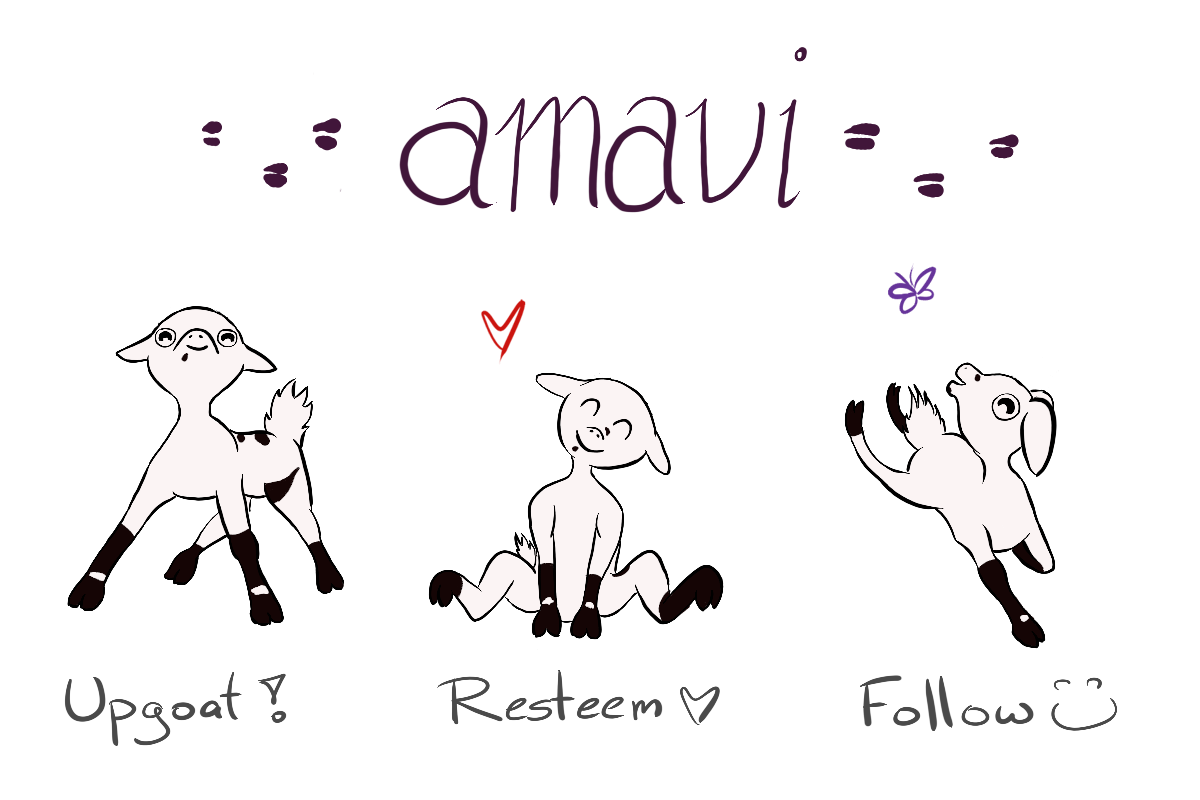
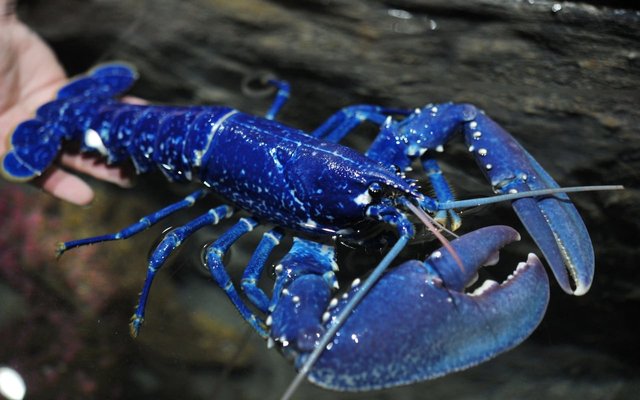

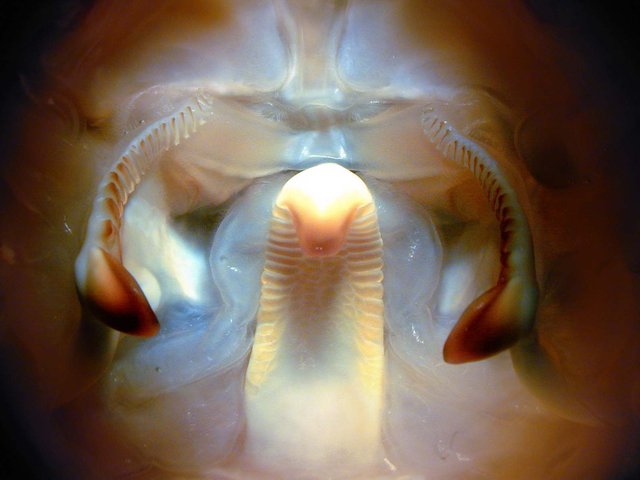
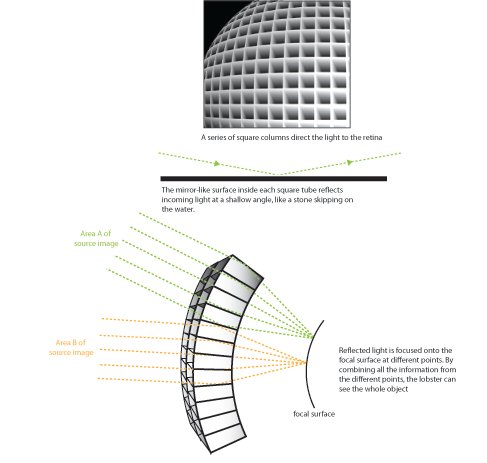


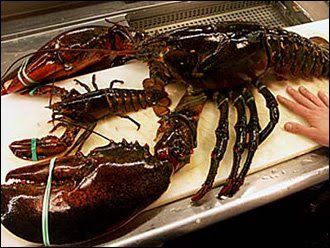
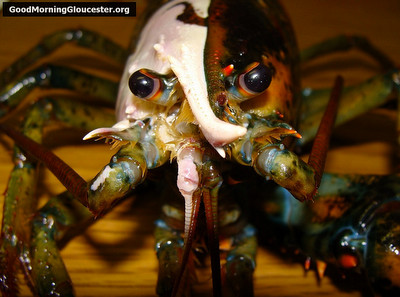
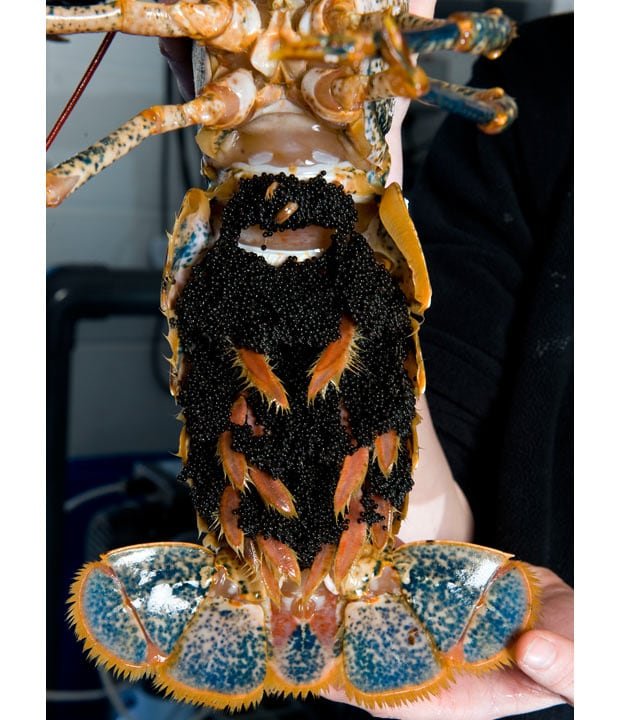
Hey @amavi, this is another great post of yours. I just absolutely loved reading the part about the lobsters’ problem solving and learning capacity. Simply fascinating! Thank you for sharing all this info with us :)
Glad you enjoyed it! They are awesome, my other half has a Reef Lobster in his marine Tank, it recognises the feeding tongs and that's about the only time it's active, they are most definitely capable of recognition and learned behaviours.
I never realised there were so many gorgeous coloured lobsters. Personally, I think they should be left alone (like all animals) and not have unnecessary pain and suffering inflicted up on them by humans.
bayb @coogirl plz upvoit @okuzoldi ... for me I love you!
Oh wow so much information about lobsters @amavi ! Thank for sharing ! That Reef Lobster is so Cool looking , I never seen one like that before! I know I love eating lobsters , Mmmmmm so delicious ! Upped and resteemed to share with my foodie followers in my @momskitchen blog ! Keep up the great work!😊👍👍👍

Resteemed to over 6300 followers and 100% upvoted. Thank you for using my service!
Send 0.100 Steem or 0.100 Steem Dollar and the URL in the memo to use the bot.
Read here how the bot from Berlin works.
@resteem.bot
That lobster is blue! Who knew!
Bayb @darlakay plz upvoite @okuzoldi for me I lowe you...
It's interesting to read that scientists are figuring out that lobsters have their own intelligence. Can you imagine if nature combined the intelligence of the octopus with the longer potential lifespans of a lobster? The longest lifespans that we know of for an octopus is only about five years, and they're wicked smart. I think it's so unfair to apply measures of human IQ to very different kinds of creatures.
I admire the octopi!
https://steemit.com/animals/@theinsideout/if-octopuses-lived-longer-they-d-probably-take-over
The lobster in first picture, is that its natural color or is it via mutation?
He is a mutation :) I have seen one at a SeaLife Centre, they are incredible
Thought as much, love your little upgoat :)
It's Basil! beautifully designed by @ryivhnn :)
They are as cute as puppies :D
this redeems the internet for me... good post
I am really pleased to read about the studies looking into whether they feel pain or not. I'm also glad, especially because of the results, that I have never eaten a lobster (and certainly now never will)!
I just find it so heartbreaking when you see them all crowded into a tiny tank with their claws bound just waiting to die, I've never understood how anyone can just pick one to kill, it's barbaric.
Hi @amavi i like this post because i like lobsters!good day!